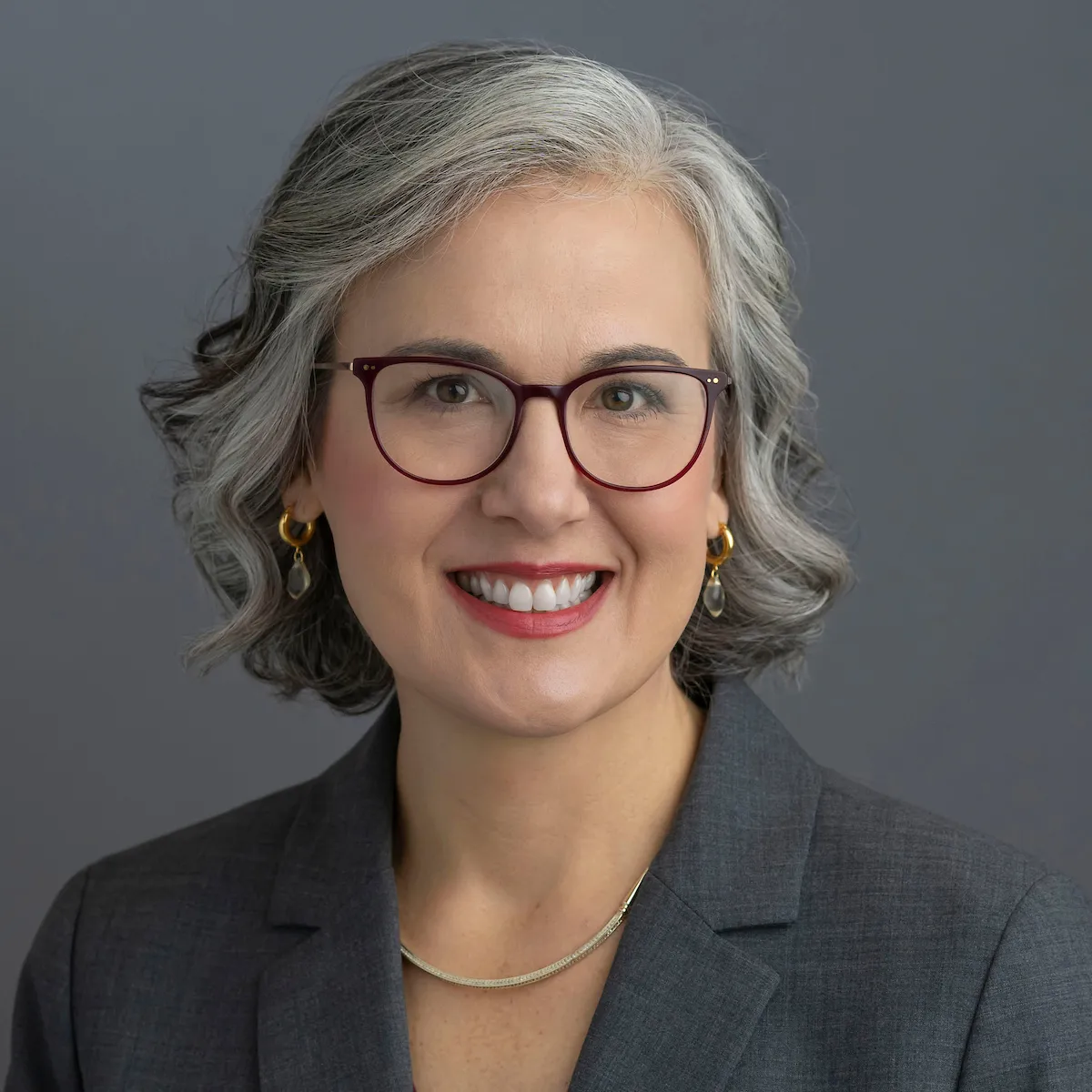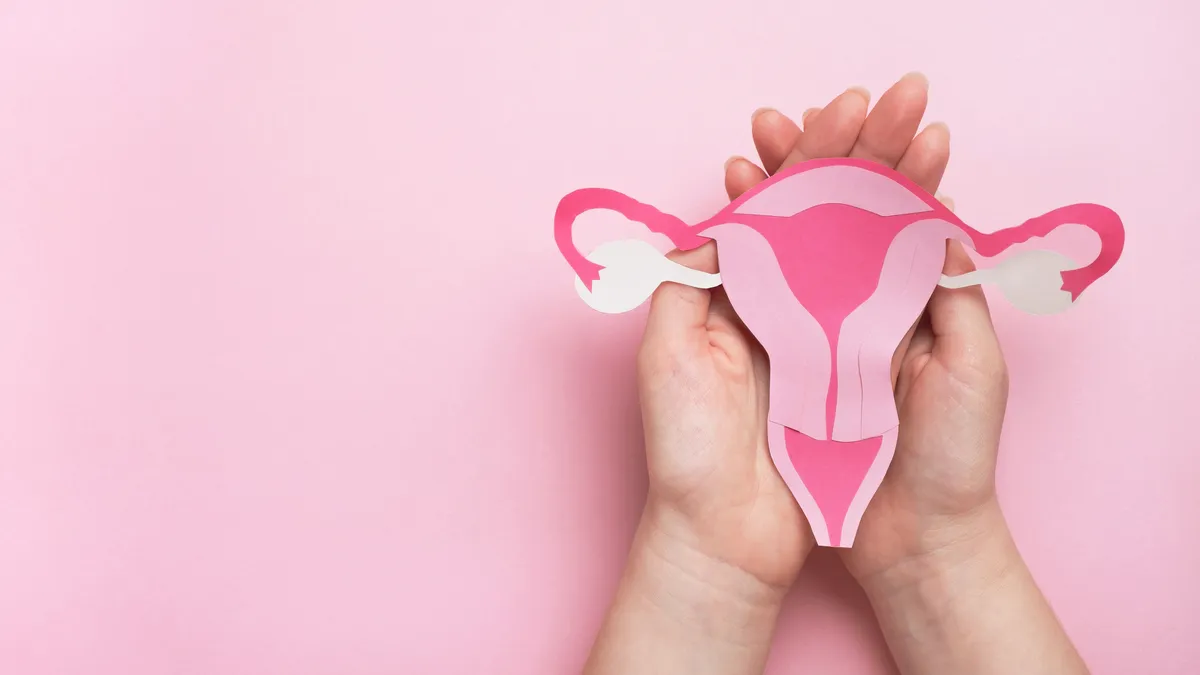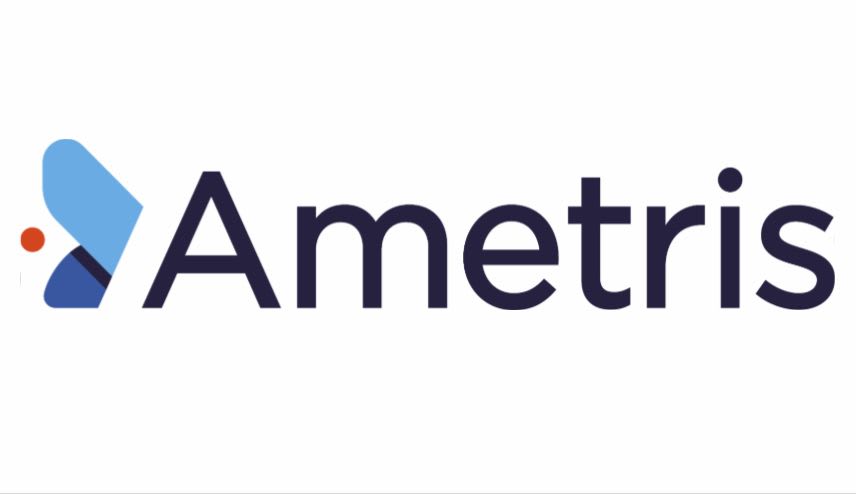When the COVID-19 pandemic hit the U.S. in early 2020 it briefly shut down clinical trials worldwide. Astellas Pharma was in the midst of phase 3 testing for Veozah, its now-approved nonhormonal drug to treat vasomotor symptoms — hot flashes and night sweats in menopausal women — which it assumed would become low priority amidst the crisis.
“We thought, this is a vasomotor symptom trial. I’m sure we’re going to put this on the back burner,” Marci English, vice president and head of biopharma development at Astellas, said. “We were so wrong. We had (employees at) sites saying ‘You don’t understand. I have patients calling me saying, You’re not closed, right? You’re going to stay open for this trial?’ That really just speaks to the demand for products like this.”

The FDA’s May approval of Veozah was a boon to those looking for a new way to treat hot flashes, which affect up to 80% of menopausal people. By blocking neurokinin 3 (NK3), a brain receptor that helps regulate body temperature, the drug is particularly in-demand option for those who can’t or don’t want to use hormone replacement therapy.
In a series of phase 3 trials, nearly 60% of women saw the frequency of their hot flashes cut in half after 12 weeks, English said. Some 30% saw them cut by 75%, and just over 10% of patients saw their hot flashes eliminated. The effect was maintained at the one-year mark. While traditional hormone therapy can reduce hot flash frequency and intensity by 90%, Veozah has the advantage of working quickly — usually within a week. Hormone therapies, on the other hand, can take up to a month to kick in.
Another NK3 receptor antagonist, elinzanetant from Bayer, is also making its way through the pipeline using a similar nonhormonal approach, while also targeting the NK1 receptor to steady the body’s internal thermostat. In a phase 2b study, elinzanetant showed a statistically significant reduction in the frequency and severity of hot flashes, and produced mild to moderate side effects, said Dr. Yesmean Wahdan, vice president of medical affairs and women’s health at Bayer. More details about how well it works will come with top-line results from its ongoing phase 3 study, which will likely be released in early 2024.
Other menopause-focused drugs are also in the works including Dare Bio’s two early-stage candidates— a hormone-based therapy for hot flashes and a nonhormonal, tamoxifen-based treatment for vulvar and vaginal atrophy. Mitsubishi Tanabe Pharma, meanwhile, also has a phase 2 drug, Elismetrep, for hot flashes.
Even so, the menopause drug pipeline seems meager in the face of demand. Some six thousand people enter menopause every day in the U.S. experiencing a range of well-known symptoms that last, on average, for seven years. And although its effects can vary from bothersome to debilitating, menopause is left untreated in six in every 10 women, English said.
In general, the femtech sector — including telehealth and device companies — is in the midst of a boom. According to FemHealth Insight Data, over 60% of femtech startups were launched in the last five years. But the general momentum in women’s health has yet to translate into a strong pipeline of new drugs.
Last year, PhRMA released a list of drugs in development for women’s health, which only included six drugs for menopause symptoms. By comparison, PhRMA listed 200 in the works for women’s cancers and 34 for dry eye disease.
Now the pressure is on to get more menopause treatments going.
“Socially, you see that there is this intense wave around supporting menopause,” said Wahdan.

Women with large social media platforms, government officials and celebrities have been talking publicly about their menopause symptoms, struggles, and how they’re no longer willing to just grin and bear it.
“By 2030, the world population of menopausal and postmenopausal women is projected to be around 1.2 billion, with 47 million new entrants each year,” Wahdan said. “It's been long enough that women have suffered in silence.”
The question is: Will more drug companies step up to fill the menopause pipeline?
A stagnant pipeline
Hormone replacement therapy has long been a mainstay in menopause treatment, but isn’t recommended for patients with certain health conditions, including a history of breast cancer, endometrial cancer or cardiovascular disease. And some might be hesitant to take hormones due to potential — or perceived — health risks such as the slight increase in the risk of certain cancers. They’ve also been linked to a higher risk of dementia and gallbladder disease.
Still, the hormone space is vast with more than 30 approved treatments on the market that come in many forms including estrogen-only, or estrogen and progestin combination pills, patches, sprays and more. Patients can also choose from systemic hormones that enter the bloodstream and travel throughout the body or local hormone treatments, such as creams.
Despite the general safety of hormone treatments, the FDA cautions that patients should take the lowest dose for the shortest amount of time due to their various health risks.
Meanwhile, non-hormonal options have trickled onto the market over the years. In 2013, the FDA approved Osphena, a non-hormonal, oral selective estrogen receptor modulator that works like estrogen to treat vaginal dryness and painful intercourse caused by menopause. But it carries some of the same risks as hormone therapy.
“Socially, you see that there is this intense wave around supporting menopause."

Dr. Yesmean Wahdan
Vice president of medical affairs and women’s health, Bayer
Doctors have also reached for serotonin and norepinephrine reuptake inhibitors (SNRIs) and serotonin reuptake inhibitors (SSRIs) to treat hot flashes. By targeting the brain’s epinephrine and serotonin, which are involved in temperature signaling, the medications have shown to be effective in reducing hot flashes by up to 60%. But Brisdelle, the only SSRI the FDA approved for hot flashes, can’t be taken by some patients with breast cancer.
And ultimately, the door is still wide open for new approaches.
Opportunities for more
Earlier this year, Bayer announced it is no longer prioritizing research and development in the women’s health market. But in a recent interview, Wahdan insisted the company remains committed to women’s health throughout the life stages.
“Bayer has been a leader in women's healthcare for quite some time, including introducing the first oral birth control over 60 years ago,” she said.
While neither Bayer nor Astellas is developing any additional menopause drugs, both companies indicated they’re open to the possibility — and agreed that in general, potential in the space remains large.
“Women's health is ripe for this type of energy, this excitement around bringing innovative treatments to the table that will impact the quality of life for women, impact the journeys that they are on, to help improve the experience that they have throughout those journeys,” Wahdan said.











